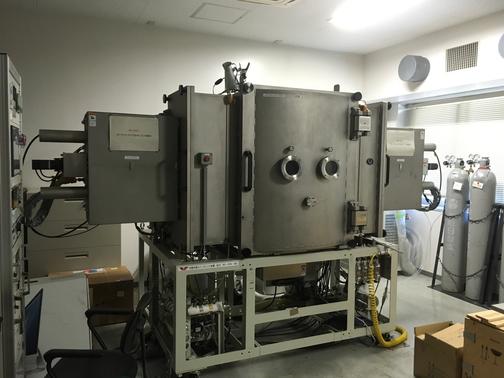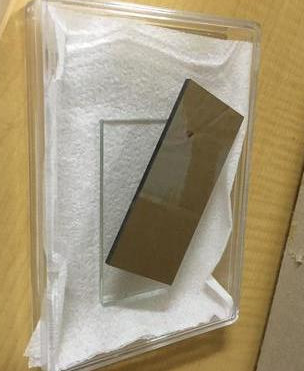
| |
| Laboratory for Particle Properties (Phi-lab) | |
| [English | Japanese] |
 The neutron mirror is made by thin layers of Ni and Ti.
Neutrons are reflected or tarnsmitted by these stacked metal layers.
As the reflectance and transmittance are depending on the energy of incident neutrons and the thickness of the layers,
we change the condition for our research situation.
Now we are developing these devices for our own experiment.
The neutron mirror is made by thin layers of Ni and Ti.
Neutrons are reflected or tarnsmitted by these stacked metal layers.
As the reflectance and transmittance are depending on the energy of incident neutrons and the thickness of the layers,
we change the condition for our research situation.
Now we are developing these devices for our own experiment.

